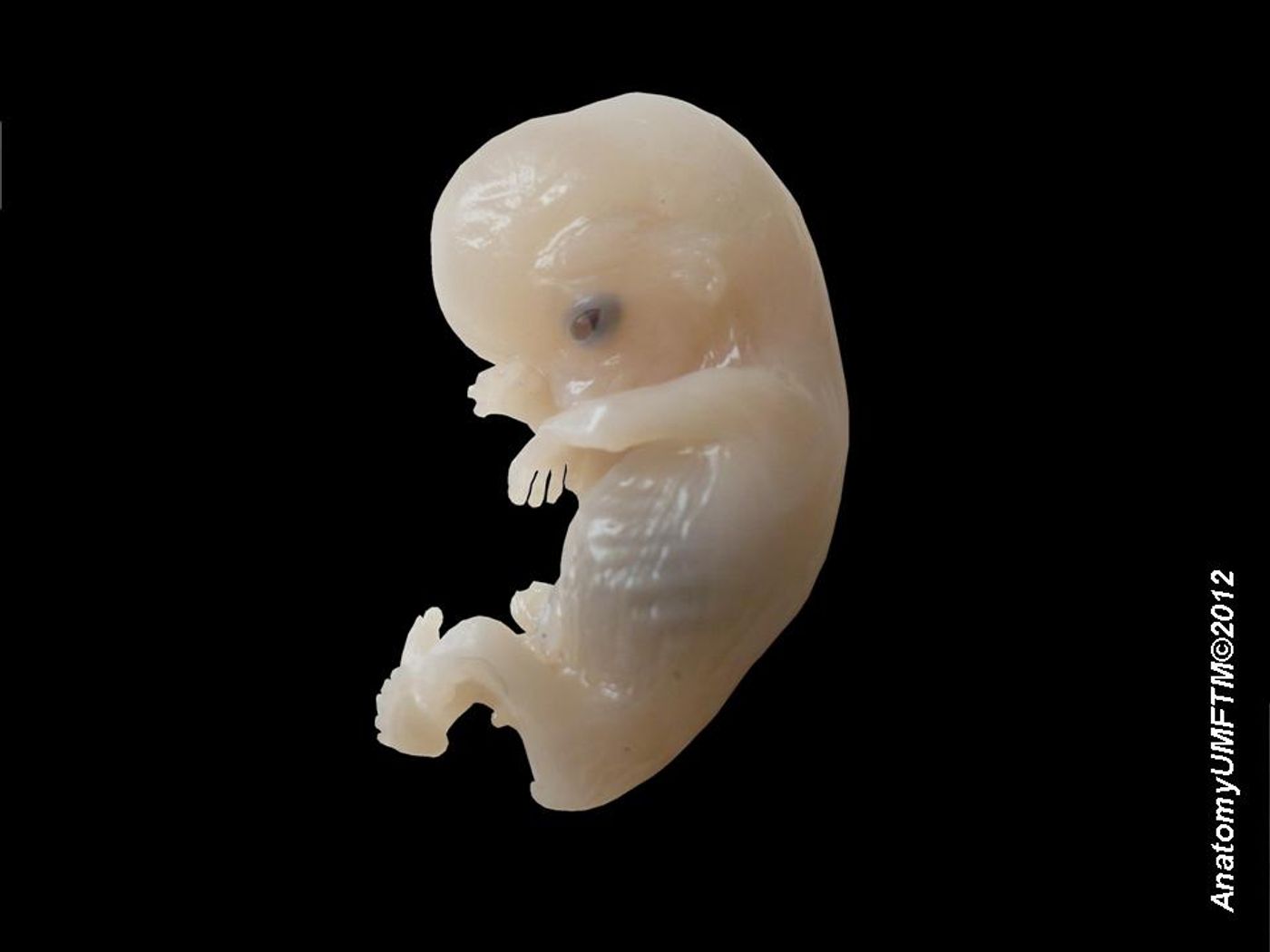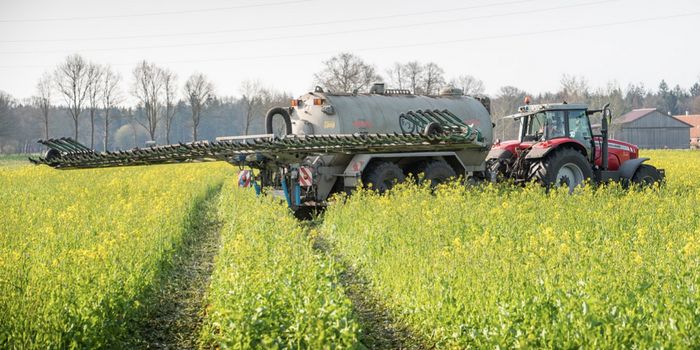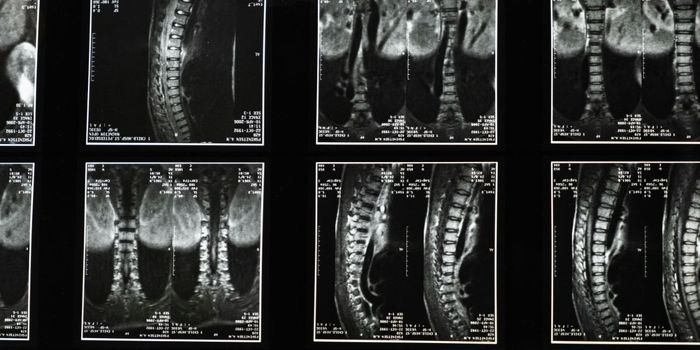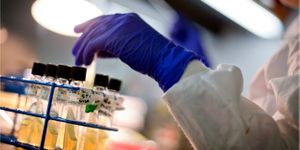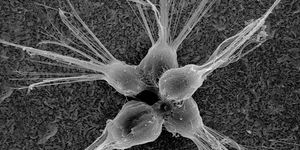Uncovering Genetic Mutations Impacting Autism Risk
Around one in every 68 children in the United States is affected by autism spectrum disorder. The etiology of the disease is not understood, and many different theories have been put forth. Evidence of genetic risk factors is growing. A new study assessed 2,300 families that had a child with autism, looking for genetic causes. This work was focused on finding mutations that don’t happen throughout the entire genome, and as such might have been missed by other studies.
These kinds of mutations, postzygotic mosaic mutations (PMMs), happen after a zygote has formed during development. This results in a mix or mosaic of genetic information, some of which has a small change. The degree of mosaicism depends on when the mutation happens during development, and where it occurs in the genome. PMMs have been associated with some neurological disorders, and investigators wanted to look for them as a potential contributor to autism.
By using new tools in next-generation sequencing, the researchers found evidence that around 22 percent of mutations that have been reported before were actually happening during development, and not at the time of conception as was thought.
"This initial finding told us that, generally, these mosaic mutations are much more common than previously believed. We thought this might be the tip of a genetic iceberg waiting to be explored," explained the principal investigator of the work, Brian O'Roak, Ph.D., an Assistant Professor of Molecular and Medical Genetics in the OHSU School of Medicine.
Because these samples were from families, the investigators were able to assess how PMM rates were impacting affected and unaffected siblings. The team discovered that “silent” mosaic mutations, which are thought to have no effect on proteins, were happening at higher levels in affected sibs. This mosaicism was increasing risk for around two percent of people with autism in the study group.
This work found evidence that mosaic mutations that affect developmental genes, or genes that are resistant to mutation, happen more often in individuals with autism. The risk these mutations contribute is small though; estimated to be around one or two percent. However, many of the PMMs happened in genes that have been previously associated with autism, increasing the risk to three or four percent.
After tracing some of these mosaic mutations to parents, there was evidence that some were indeed carried by parents, indicating that they could exert an effect early in development. In any event, more research in this area looks like a promising place to look for autism risk factors.
"In addition to a need for broader research focused on the role that mosaicism plays in autism and related disorders, our data argue that physicians should be requiring more sensitive testing of both children and parents when a new disorder-related genetic mutation is identified," said O'Roak. "These mutations can go from being in a few percent of the cells of a parent to 100 percent of the cells of a child. If present, at even low levels in the parents, the risk of additional children receiving this mutation is dramatically increased."
For more on how genes relate to autism, check out the video above from University of California television.
Sources: AAAS/Eurekalert! Via OHSU, The American Journal of Human Genetics
